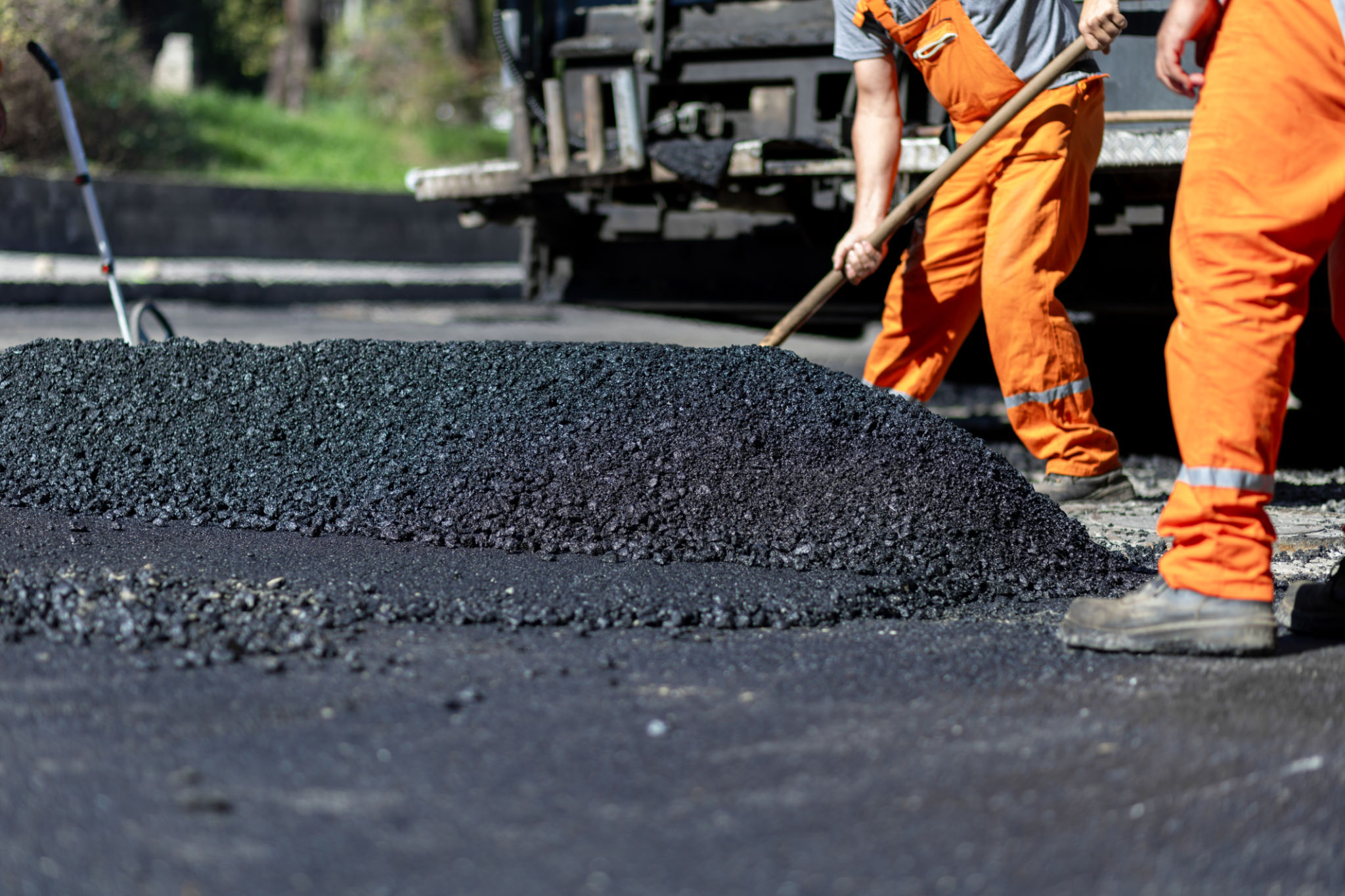Debunking Myths About Pavement Sealing: What You Need to Know
CL
Understanding Pavement Sealing
Pavement sealing is an essential maintenance practice for asphalt surfaces, yet several myths surround its application and effectiveness. Dispelling these misconceptions is crucial for property owners looking to extend the lifespan of their driveways or parking lots. This article aims to clarify common misunderstandings and provide a clearer picture of what pavement sealing entails.

Myth 1: Pavement Sealing Repairs Cracks
One of the most prevalent myths is that sealing can repair existing cracks in the pavement. In reality, sealants are primarily used as a protective layer against water, oil, and UV damage. They do not fill or fix cracks. Before applying a sealant, all visible cracks should be repaired using crack fillers or other suitable materials to prevent further deterioration.
Myth 2: Sealing Should Be Done Annually
Another common misconception is the belief that sealing needs to be applied every year. Frequent sealing can actually lead to a buildup of the product, causing flaking and peeling. Ideally, pavement sealing should be done every two to three years, depending on the traffic and weather conditions the surface endures. This interval ensures optimal protection without the risk of over-application.

Myth 3: All Sealants Are the Same
There is a wide range of sealants available on the market, each with distinct properties and benefits. Coal tar-based sealants, for instance, offer excellent protection against oil and gasoline spills but may not be environmentally friendly. On the other hand, asphalt-based sealants are more eco-conscious but may require more frequent applications. Choosing the right sealant depends on your specific needs and environmental considerations.
Myth 4: Sealing Is Only Cosmetic
While sealing does enhance the appearance of asphalt surfaces by providing a dark, uniform finish, its benefits extend far beyond aesthetics. The primary function of a sealant is to act as a barrier against environmental factors that contribute to pavement deterioration. By protecting against water penetration, oxidation, and chemical spills, sealing plays a significant role in preserving the integrity of the pavement.

Why Pavement Sealing Is Essential
The importance of pavement sealing cannot be overstated. Without a protective layer, asphalt surfaces are vulnerable to damage from harsh weather conditions and chemical exposure. Over time, this can lead to costly repairs or even the need for complete resurfacing. Regular sealing helps maintain the structural integrity and appearance of your pavement, ultimately saving you money in the long run.
Choosing the Right Time for Sealing
Timing is a critical factor in the effectiveness of pavement sealing. The best time to apply a sealant is during mild weather conditions, typically in spring or early fall. Extreme temperatures can affect the curing process, leading to suboptimal results. Additionally, it's important to ensure that the surface is clean and dry before application to achieve a smooth finish.
Conclusion
By debunking these myths, property owners can make informed decisions about their pavement maintenance strategies. Understanding the true benefits and limitations of pavement sealing not only enhances the lifespan of asphalt surfaces but also ensures that investments in maintenance are cost-effective and environmentally responsible.